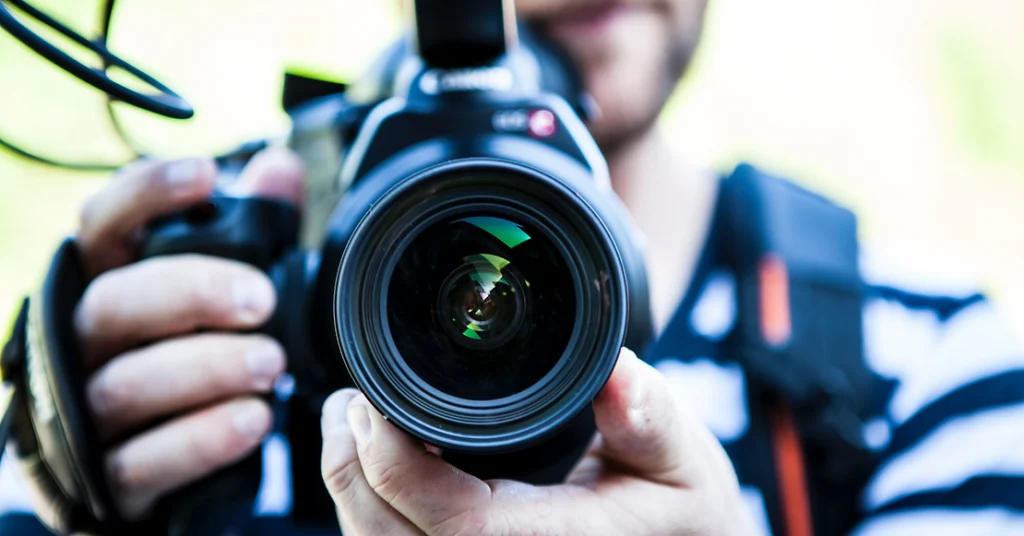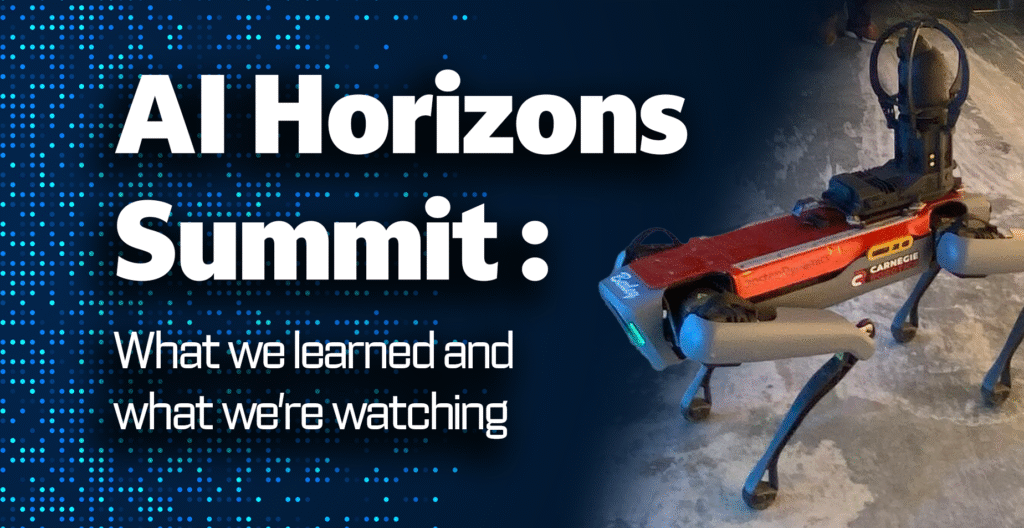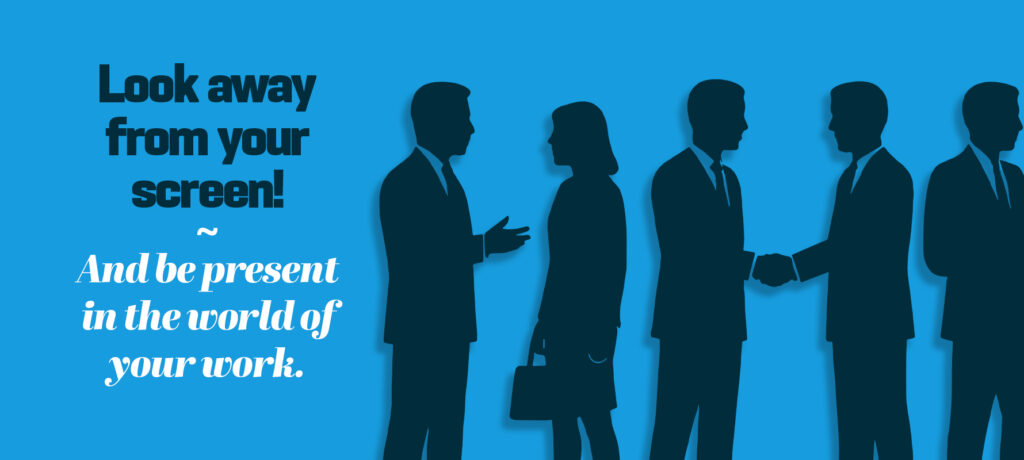Note: Ceisler Media Senior Director Kirk Dorn is an expert in both media training and crisis communications. Here, he lays out a few basics for anyone facing the prospect of speaking on camera or into reporters’ microphones. The experience doesn’t have to be daunting, says Kirk.

Certainly, appearing in on television or in an on-the-record interview can be intimidating – especially if you are speaking on behalf of a business or organization. It’s even more so if your organization is dealing with a sensitive issue or concern.
Many of our clients ask whether we can train them to prepare for these media interviews. The answer is yes; it is an important service we provide.
First of all, your organization should have a well-defined media (and social media) strategy. That can range from constant engagement – answering all requests – to avoiding coverage altogether. Sometimes, saying nothing is the smartest move.
In fact, most media interviews are non-threatening. Your organization invites coverage to promote an event, product or issue. Media outlets want the information and you are there to provide it. Yet even in those friendly interviews you want to know the techniques to help you put your best foot forward.
More often, clients want the training when they are either facing a negative situation or fear one is coming their way. The reality is that even organizations that have done nothing improper can be damaged overnight by sensational reporting from a reckless news outlet. Media people know it is almost impossible to sue them for libel, and in their zeal to represent the public interest (and generate viewers/readers/listeners) some will report unsubstantiated statements or allegations and then ask you to defend yourself.
It can put you in a tough spot – one you need to be prepared for.
Of course if you have, in fact, done something wrong or warranting scrutiny you still need a media strategy. Our training can certainly help mitigate damage.
How you handle an interview differs depending on type of outlet – TV, newspaper or radio. You can handle radio and newspaper by phone with your notes in front of you. On TV, however, it’s just you. Regardless of the specific media there are strategic ways to answer the questions that will work best for you. That’s really what our training is all about.
We had a gratifying moment recently when the CEO of an organization was in for training. An unfortunate incident had occurred and he was petrified by what the media coverage might soon become. By the end of the training session it was as if a huge burden had been lifted. The prospect of a challenging story hadn’t vanished, but for him it was all about demystifying how news coverage works and how he would handle questions. He had his prepared answers and was ready.
It’s a learning process, and we’re here to help at Ceisler Media. So here are a few basics, some key takeaways clients learn in our media training sessions. Just remembering these will serve you well in front of the cameras:
Know what you are going to say and stay on that message — even if you have to give the same answer more than once.
Find a way to promote your organization’s good work even when you are in a defensive posture.
Don’t lie. Don’t guess. Be prepared.
Remembering these basics is a good start. Always have your strategy crafted before the red light comes on. And as the deodorant commercials used to say, “Never let them see you sweat.”




